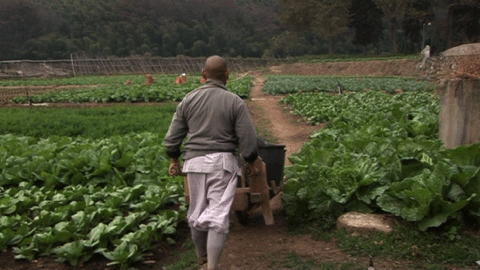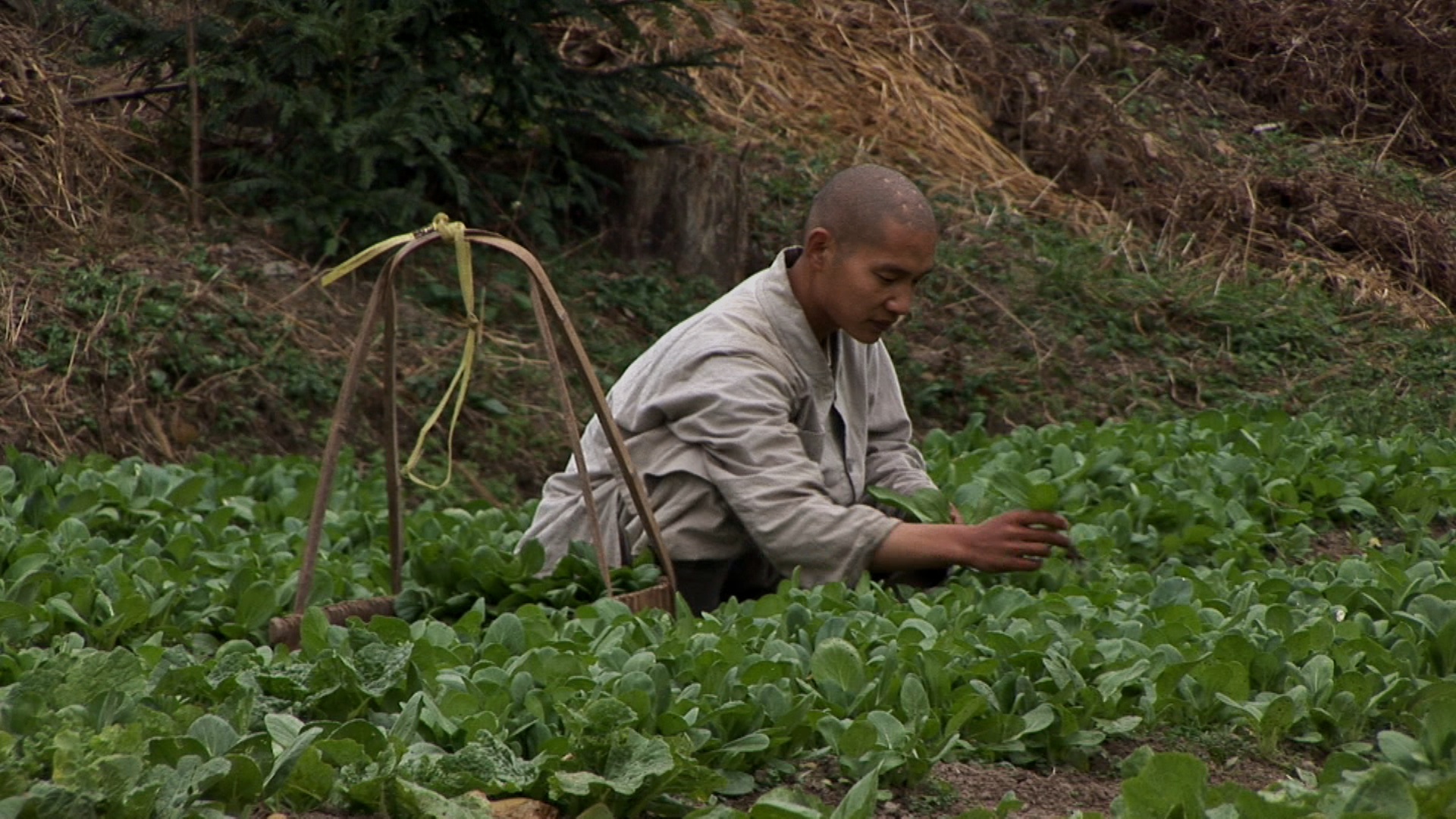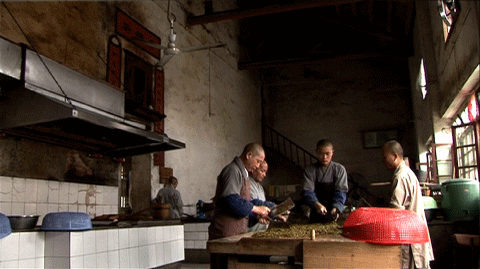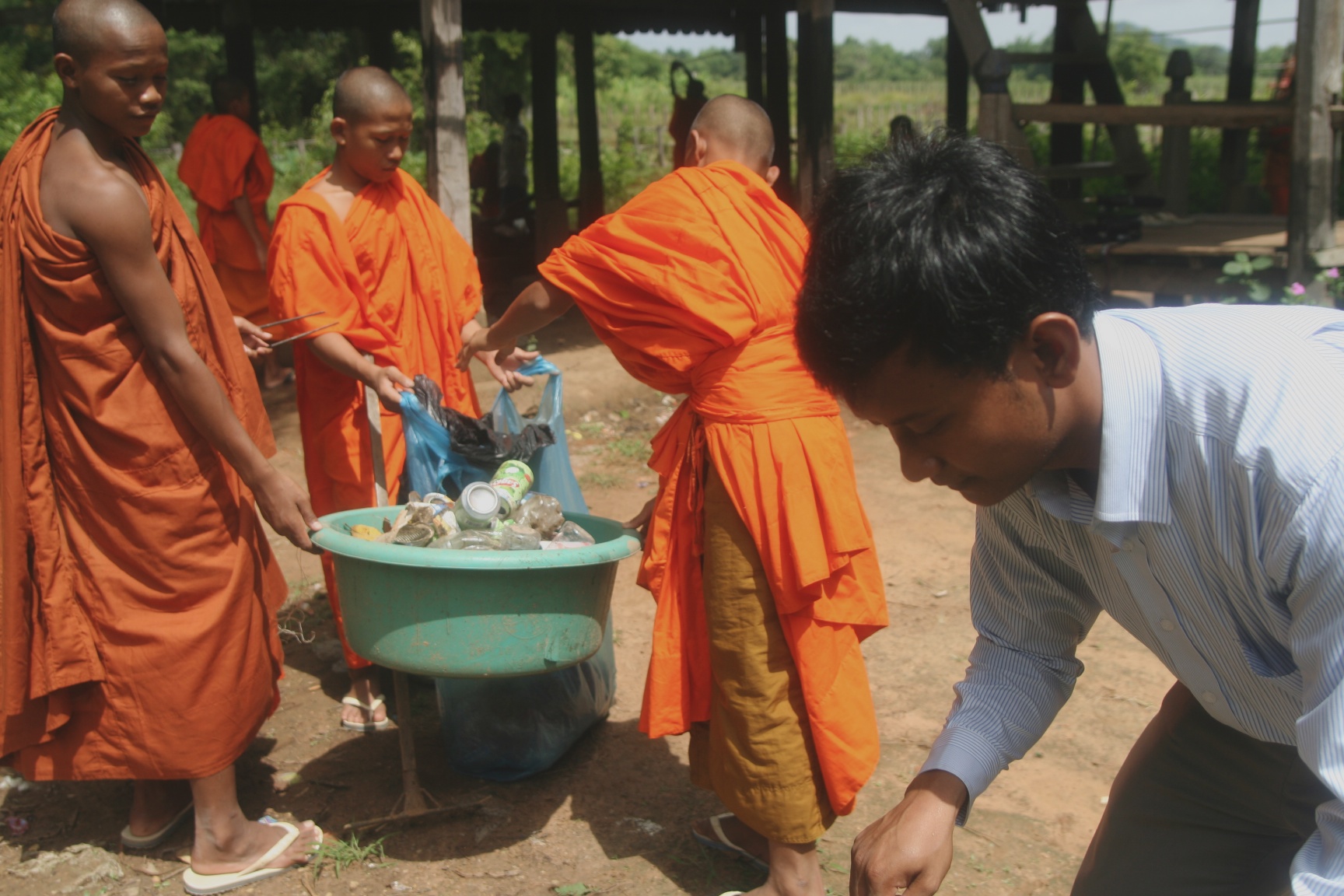A friend of mine led me to this article from the San Francisco Zen Center’s Green Gulch Farm blog
They have a group there called Ecosattvas, which is such a brilliant new term. I really like this. Ever since I discovered the high mountain basin farms of the Chan Monasteries in Southern China, I have been enamored by the sure purity of their consumption cycles. ALMS is a short portrait of that. It shows a community that lives in a sensical, respectful and intimate relationship with their landscape.
When I was a student in Bodh Gaya, I remember watching cows eating up the waste from the little restaurants near the Vihar where I lived with my classmates. The plates were made of a kind of tree leaf. I wish I knew what kind of tree. The bottles and plastic bags had been collected away already, re-used in a million clever ways. Those cows would gobble down all the “waste” from the restaurant and then out back in the grazing area near the river folks gathered up the cow patties in baskets to dry in neat little bricks which in turn were burned in homes and restaurants to cook on. For the 20-year-old from Ohio, seeing the shear efficiency and purity of this cycle struck me deeply. And it is part of my world ever since.








